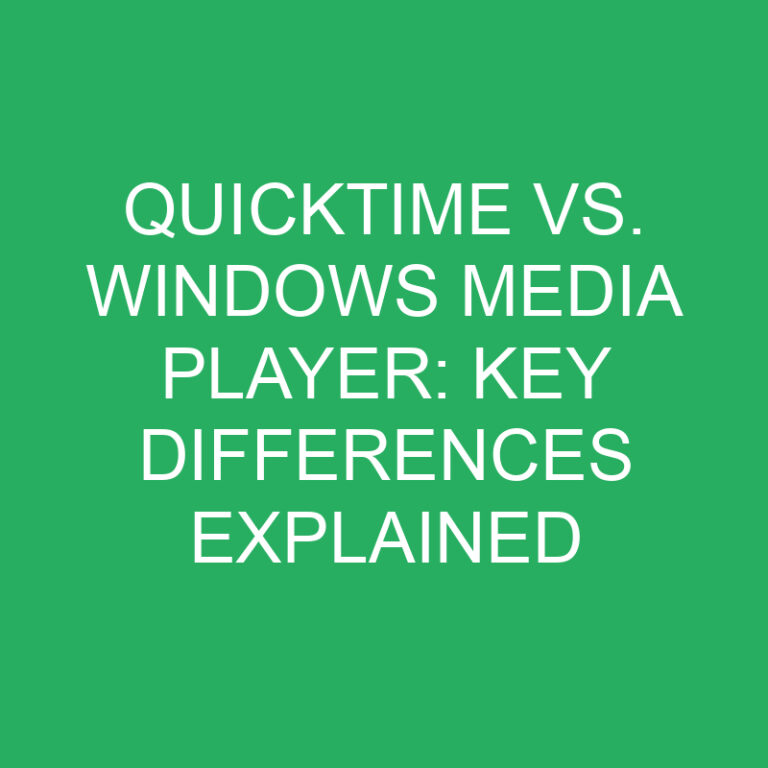
Unveiling the Brilliance: Exploring AMOLED, Super AMOLED, OLED, POLED, and PMOLED Technologies
In the realm of display technologies, the acronyms AMOLED, Super AMOLED, OLED, POLED, and PMOLED are frequently tossed around, leaving consumers inquisitive about their distinctions and implications. This comprehensive exploration aims to demystify these terms, elucidating their origins, characteristics, and applications in the vibrant world of visual displays.
Understanding the Basics:
OLED (Organic Light-Emitting Diode):
Overview:
OLED, or Organic Light-Emitting Diode, is the foundational technology upon which AMOLED, Super AMOLED, POLED, and PMOLED are built. It involves organic compounds that emit light when an electric current is applied.
Key Features:
- Light Emission: Each pixel emits its own light, enabling individual pixel control.
- Flexibility: OLED displays can be flexible, allowing for curved or foldable screens.
- Contrast Ratio: Offers deep blacks and infinite contrast due to pixel-level control.
AMOLED (Active Matrix Organic Light-Emitting Diode):
Overview:
AMOLED is an enhanced version of OLED, incorporating an active matrix to control each individual pixel. This results in improved refresh rates and overall performance.
Key Features:
- Active Matrix: Each pixel has a dedicated thin-film transistor (TFT), enhancing response times.
- Vibrant Colors: Produces vivid colors and deep blacks for an immersive visual experience.
- Energy Efficiency: Allows for selective pixel activation, conserving power.
Super AMOLED:
Overview:
Super AMOLED is a proprietary technology developed by Samsung, integrating touch-sensitive layers directly into the display. This eliminates the need for a separate touch-sensitive layer.
Key Features:
- Integrated Touch Layer: Touch sensors are embedded within the display, reducing thickness.
- Sunlight Visibility: Enhanced outdoor visibility due to reduced reflective layers.
- Power Efficiency: Improved power efficiency compared to traditional AMOLED displays.
Exploring Variants:
POLED (Plastic Organic Light-Emitting Diode):
Overview:
POLED is an evolution of OLED technology, using a plastic substrate instead of glass. This allows for flexibility and durability, making it suitable for curved or foldable displays.
Key Features:
- Flexibility: The plastic substrate enables bendable and foldable displays.
- Durability: Resistant to shattering, making it suitable for rugged applications.
- Lightweight: Weighs less than traditional glass-based OLED displays.
PMOLED (Passive Matrix Organic Light-Emitting Diode):
Overview:
PMOLED is a simplified version of OLED technology, using a passive matrix to control pixels. While less complex than AMOLED, it is suitable for smaller displays.
Key Features:
- Simplicity: Uses a simpler passive matrix control system.
- Cost-Effectiveness: Generally more cost-effective for smaller screens.
- Limited Applications: Commonly found in small electronic displays like wearable devices.
Applications and Considerations:
Choosing the Right Technology:
Display Size:
- AMOLED and Super AMOLED: Ideal for larger displays like smartphones and tablets.
- POLED: Suited for flexible and foldable screens, offering durability.
- PMOLED: Commonly used in smaller screens, such as those in wearables.
Power Efficiency:
- AMOLED and Super AMOLED: Efficient due to selective pixel activation.
- POLED: Generally energy-efficient but can vary based on implementation.
- PMOLED: Can be power-efficient for smaller screens.
Durability:
- AMOLED and Super AMOLED: May be less durable compared to POLED.
- POLED: Offers durability, especially in flexible and foldable applications.
- PMOLED: Decent durability for small screens but less rugged.
Conclusion:
Navigating the landscape of display technologies involves understanding the nuances of AMOLED, Super AMOLED, OLED, POLED, and PMOLED. Whether it’s the immersive vibrancy of Super AMOLED in smartphones, the flexibility of POLED in foldable devices, or the simplicity of PMOLED in wearables, each technology caters to specific needs. As consumers embrace a myriad of electronic devices, being informed about display technologies empowers them to make choices aligned with their preferences and requirements.






